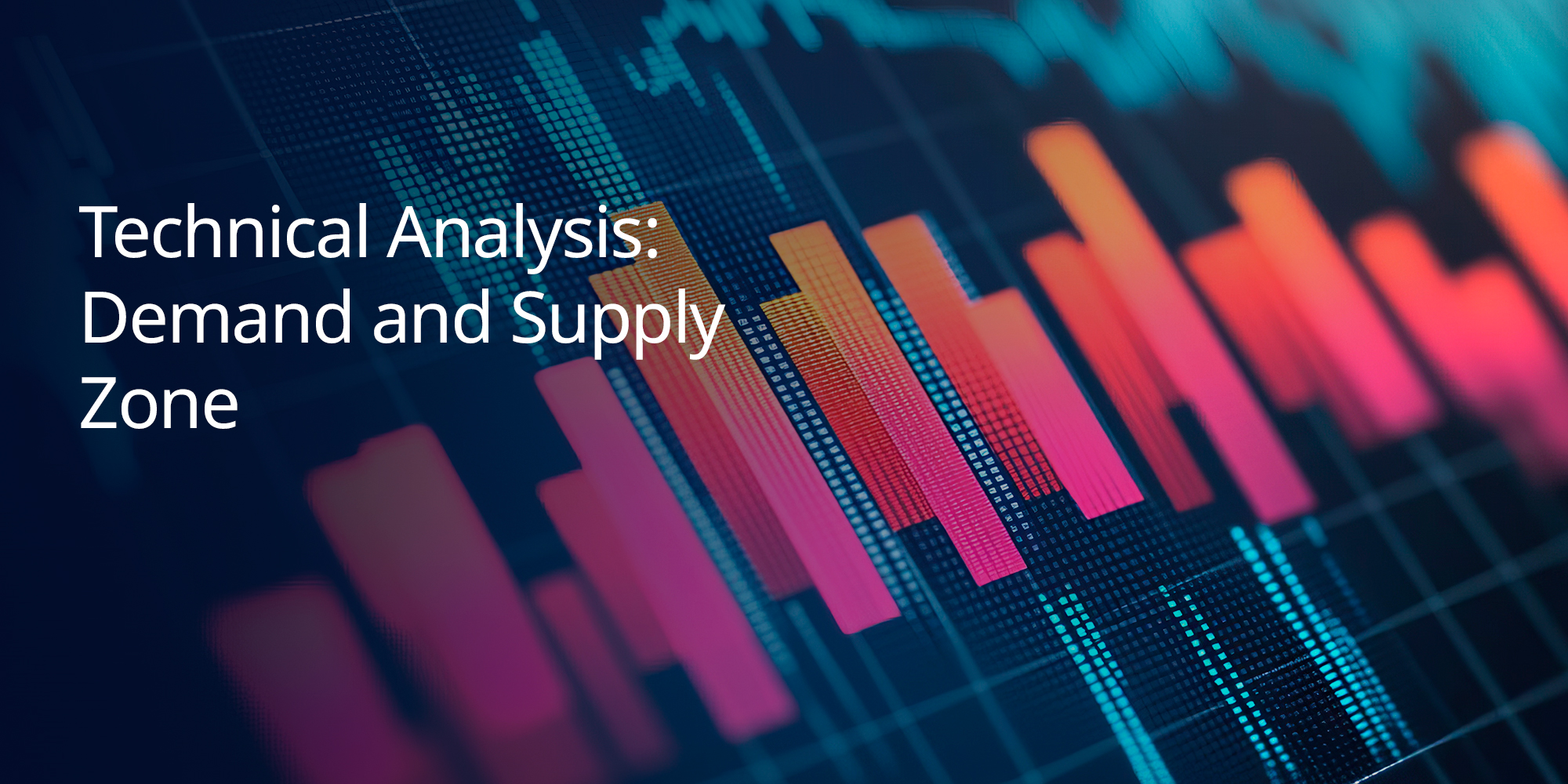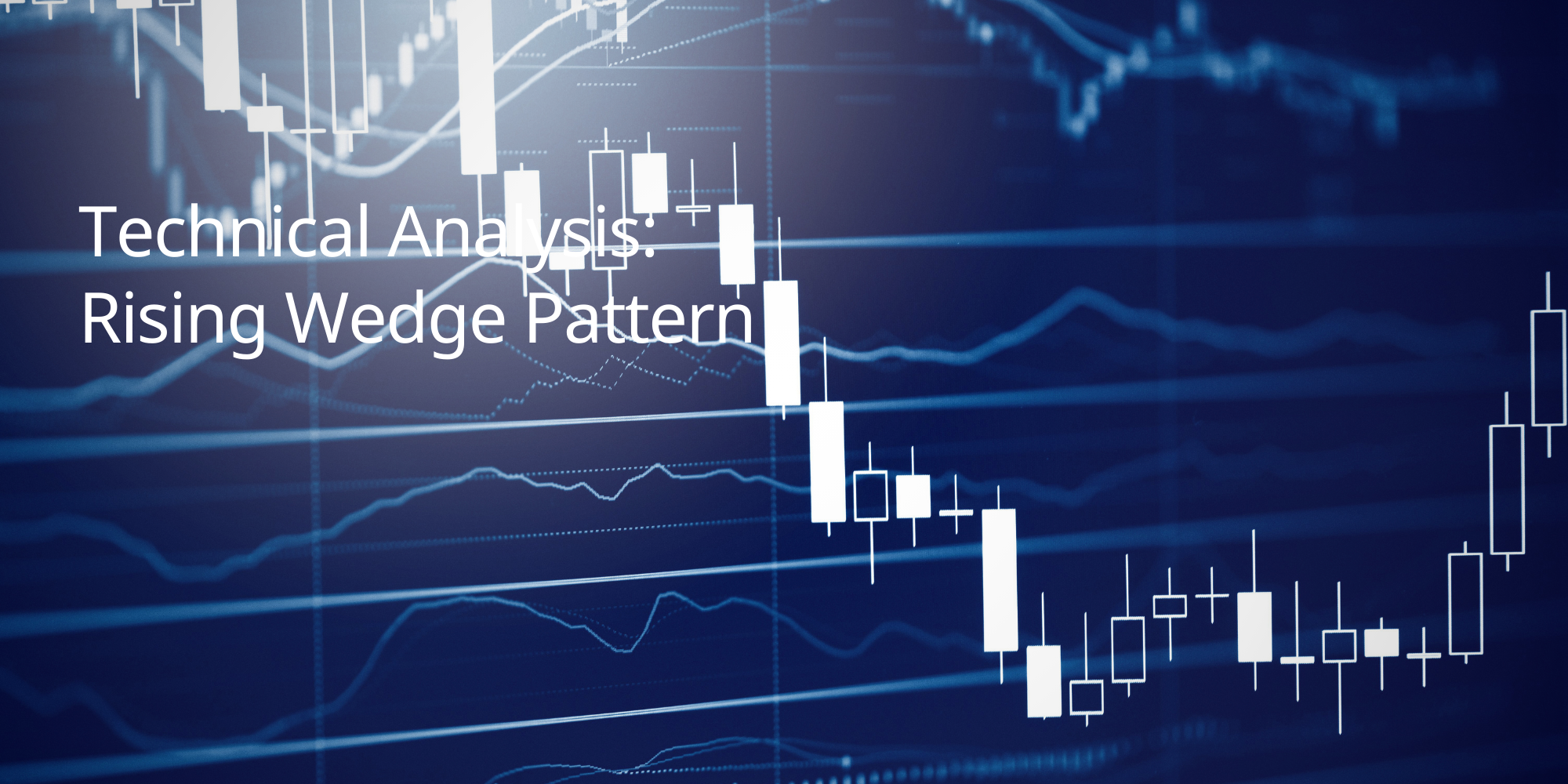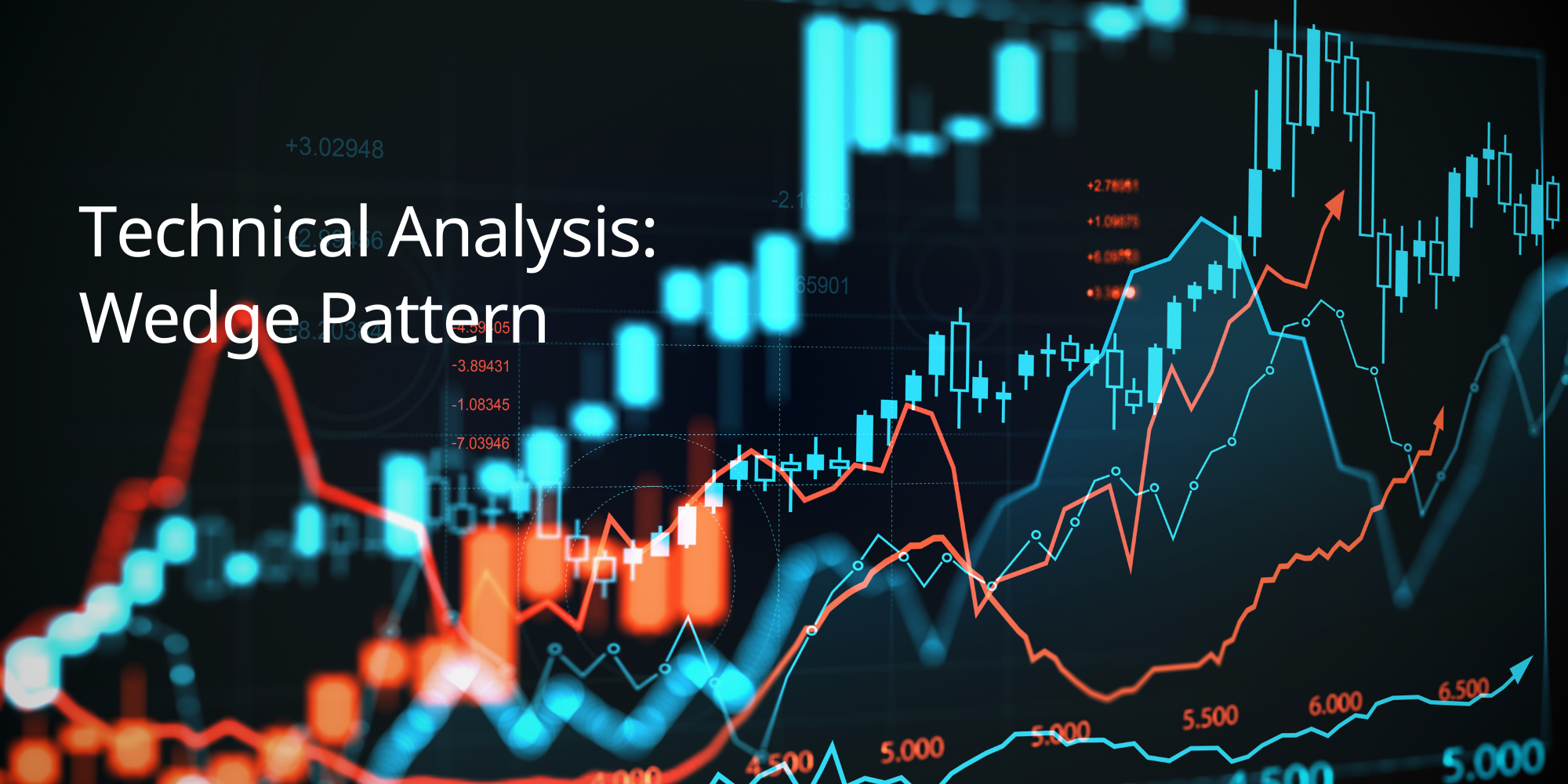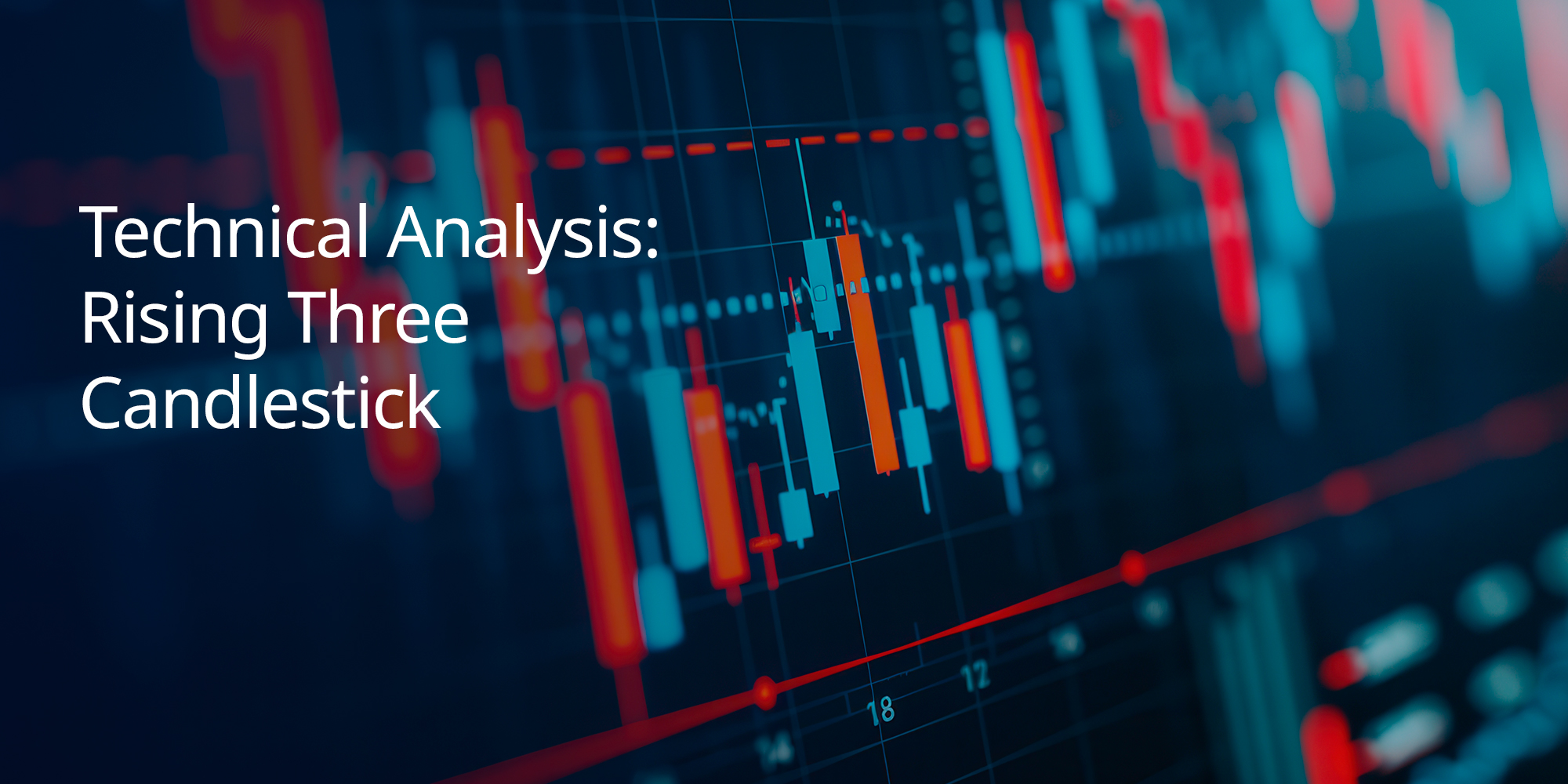Demand and Supply Zone – Definition, How it Works, Types, Calculation, and Trading
Demand and supply zones offer traders a deeper understanding of market structure, acting as key areas where price is likely to reverse or continue trending. These zones are essential in technical analysis and help traders plan precise entries, exits, and stop-loss levels. In this article, we’ll break down how demand and supply zones work, the patterns that form around them, the tools used to identify them, and how they can guide your trading, especially when using TradeSmart’s advanced charting and strategy tools.
What Does the Demand and Supply Zone Mean?
Demand and supply zones are critical areas on price charts that highlight where significant buying or selling pressure has previously influenced market movement. These zones often precede price reversals or strong continuations and serve as strategic reference points for traders.
A supply zone is a price region where selling pressure dominates. These zones typically appear above the current market price and represent areas where sellers previously entered the market in force, overwhelming buyers and driving prices downward.
In contrast, a demand zone forms where buying interest is strong enough to push prices higher. These areas usually lie below the current price level and indicate past market activity where buyers outnumbered sellers, creating upward momentum.
Identifying these zones helps traders anticipate price behaviour and align their strategies with market dynamics. With TradeSmart’s advanced charting tools and real-time data overlays, traders can pinpoint demand and supply zones more effectively, enhancing timing and decision-making.
What are the Types of Demand and Supply Patterns?
Traders often categorise demand and supply patterns into two primary groups: reversal patterns and continuation patterns. Understanding both is key to identifying shifts in market sentiment or confirming ongoing trends.
Reversal Patterns
- Head and Shoulders: A classic reversal pattern with three peaks—the central one being the highest. It often signals the end of an uptrend.
- Double Top / Double Bottom: These patterns reflect two consecutive price highs or lows. A double top suggests a bearish reversal, while a double bottom implies a bullish trend may be forming.
Continuation Patterns
- Triangles: Patterns like ascending, descending, or symmetrical triangles indicate consolidation before a trend continuation.
- Flags and Pennants: Short-term formations that reflect temporary pauses in price action. Flags typically appear as rectangles, while pennants take the form of small symmetrical triangles.
With these patterns in mind, traders on TradeSmart can build structured strategies by layering technical insights with supply and demand logic.
What are the Demand and Supply Zone Indicators?
Several technical indicators can help traders locate high-probability demand and supply zones on a chart. These tools are widely used on platforms like TradeSmart to support more data-driven decisions.
- Pivot Points: Calculated using the average of high, low, and closing prices from previous trading periods. They act as potential support and resistance levels where price reactions often occur.
- Support and Resistance Levels: Drawn from historical price behaviour and reflect zones where buying or selling pressure has consistently reversed price direction.
- Fibonacci Retracement Levels: Common retracement levels like 50% and 61.8% often correspond with demand or supply zones where traders anticipate a shift in trend.
- Moving Averages: These smooth price data and act as dynamic support or resistance. Prices above a moving average reflect demand, while prices below suggest supply.
What Are the Key Characteristics of A Demand and Supply Zone?
- Price Levels: These zones correspond to chart areas where buyers or sellers historically showed strong interest, often triggering reversals or continuations.
- Support and Resistance: Demand zones act as support, supply zones as resistance, each influencing price direction when revisited.
- Volume Confirmation: High volume around these zones validates strength and signals institutional participation.
- Buyer and Seller Pressure: Demand zones reflect strong buying interest; supply zones show aggressive selling behaviour.
TradeSmart’s platform makes it easy to visualise and track these characteristics, offering real-time overlays and volume-based confirmation tools to support strategic trading.
What are the Best Time Frames for Demand and Supply Zones?
- 4-Hour Time Frame: Ideal for swing traders, this provides a balanced view and aligns with institutional activity.
- Daily and Weekly Charts: These offer long-term reliability, with zones that reflect broader sentiment and major turning points.
- Short-Term Time Frames (1m, 5m, 15m): Suitable for scalpers and day traders targeting intraday opportunities during high volatility.
With TradeSmart’s multi-timeframe charting tools, traders can seamlessly switch between views and align their strategy across different horizons.
What is the importance of demand and supply zones to technical analysis?
Demand and supply zones play a vital role in technical analysis, offering traders crucial insights into potential support and resistance levels. These zones are where price is most likely to pause, reverse, or accelerate, helping traders time entries and exits more effectively.
They also support risk management by guiding stop-loss placement. For instance, placing a stop just below a strong demand zone helps mitigate losses if a trade fails.
Additionally, volume near these zones often reflects institutional interest. Combining demand/supply analysis with technical indicators or candlestick patterns enhances reliability and conviction in trade setups.
TradeSmart’s smart charting platform allows you to overlay zones with indicators, helping you validate patterns and plan with greater confidence.
What are the things to consider for supply and demand trading?
- Accurate Zone Identification: Determine if price is currently in a supply or demand zone to anticipate direction.
- Recognising Chart Patterns: Use reversal and continuation patterns to support zone analysis and refine timing.
- Monitoring Rally and Drop Formations: Patterns like rally-base-drop or drop-base-rally help forecast momentum direction.
- Considering Broader Market Factors: Keep macroeconomic events in mind to avoid false signals and better assess price reactions.
TradeSmart empowers traders to merge technical setups with economic news and sentiment analysis—all within one platform—to stay informed and responsive to market conditions.
Conclusion
Demand and supply zones are more than just lines on a chart—they represent trader psychology, market imbalances, and high-probability turning points. Whether you’re identifying a fresh breakout or planning to buy near support, understanding these zones gives you a tactical edge. TradeSmart’s powerful platform equips you with the tools needed to analyse zones in real time, validate setups with volume and price action, and stay alert to macro factors that influence momentum. Visit TradeSmart now and transform your market insight into smarter, more strategic trades.





